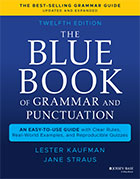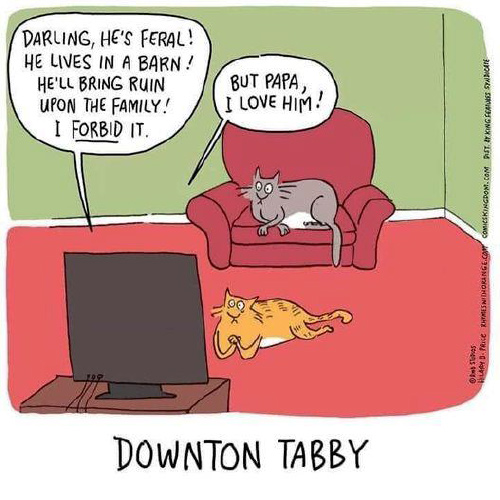|
English uses tense to indicate the timing of a verb's action in the present, the past, or the future. Traditional English includes twelve tenses:
| present |
X |
simple |
| past |
progressive |
| future |
perfect |
|
perfect progressive |
In this discussion, we'll review the present perfect progressive tense, which is also referred to as the present perfect continuous.
Present Perfect Progressive (Continuous): How to Form It
The present perfect progressive (continuous) tense describes actions that began in the recent past with continuation into the present—i.e., the action initiated earlier either hasn't stopped or has stopped only recently.
The formula for writing in the present perfect progressive tense is:
have or has + been + present participle
has been writing
has been thinking
have been sleeping |
Examples
Shane has been writing that book for almost three years now.
Antanina has been thinking about moving to Anchorage, Alaska.
You have been sleeping most of the day. It's time to get up! |
Each sentence conveys an action begun earlier that carries into the present (i.e., it progresses). We can interpret that although the action might not be constant, it is consistent, including possibly taking place in the current moment.
The sense of a continuous action that has just recently stopped in the present perfect continuous will be determined by the context. For example:
I'm ready for dinner because I've been working all day without a break.
See those tracks there? I wonder if the coyotes have been running through here again.
You don't know the plot because you haven't been watching the movie. |
In these sentences, the action is clearly recent, but the context subtly indicates it may not be happening right now. It has stopped in the near past but its relevance remains.
Present Perfect Progressive (Continuous): Why We Need It
To further understand the information the progressive component provides, we can consider present perfect sentences written with and without it:
Present Perfect Progressive
Shane has been writing that book for almost three years now.
Antanina has been thinking about moving to Anchorage, Alaska.
You have been sleeping most of the day. It's time to get up! |
Present Perfect
Shane has written that book for almost three years now.
Antanina has thought about moving to Anchorage, Alaska.
You have slept much of the day. It's time to get up! |
In the present perfect examples, without the progressive component, the second two sentences have a relation between the past and the present, but the action could have stopped or been intermittent before reaching the present—i.e., the actions may or may not have been continuous.
In the first present perfect sentence, removing the progressive component creates a potential conflict or ambiguity of timing by indicating both completion (has written) and continuance (now) at the same time.
Let's consider more comparisons:
Past Perfect: Moe has tripped over that wire.
Past Perfect Progressive: Moe has been tripping over that wire.
Past Perfect: Annabelle and Sophie have watched the documentary.
Past Perfect Progressive: Annabelle and Sophie have been watching the documentary. |
In both sentence pairs, we see how the past perfect communicates a completed action with a proximity to the present. The past perfect progressive tells us the action begun in the past still continues with an effect on the present.
Present Perfect Progressive (Continuous): Other Sentence Types
The present perfect continuous tense can be written as interrogative, negative, and exclamatory sentences.
Interrogative
Has Shane been writing that book for almost three years now?
Has Antanina been thinking about moving to Anchorage, Alaska?
Negative
Shane has not been writing that book for almost three years now; he has only just begun to write it.
Antanina has not been thinking about moving to Anchorage, Alaska.
Exclamatory
Shane has been writing that book for almost three years now!
Antanina has been thinking about moving to Anchorage, Alaska! |
Present Perfect Progressive (Continuous): Verbs That Don't Work
Some English verbs are incompatible with the progressive tense because they already convey ongoing states of action or being. As such, they are suitable in the present and present perfect but not in the present progressive or present perfect progressive.
Some examples of such verbs are to be, to seem, and to own.
Present: I own this piano.
Present perfect: I have owned this piano all of my life.
Present progressive: I am owning this piano.
Present perfect progressive: I have been owning this piano all of my life. |
As you can see, the verb own is already continuous in meaning. This makes its progressive forms redundant and stilted.
Related Topics
Future Tense Verbs: What Is The Future Tense?
What Is the Simple Past Tense?
Present Perfect Tense
|





